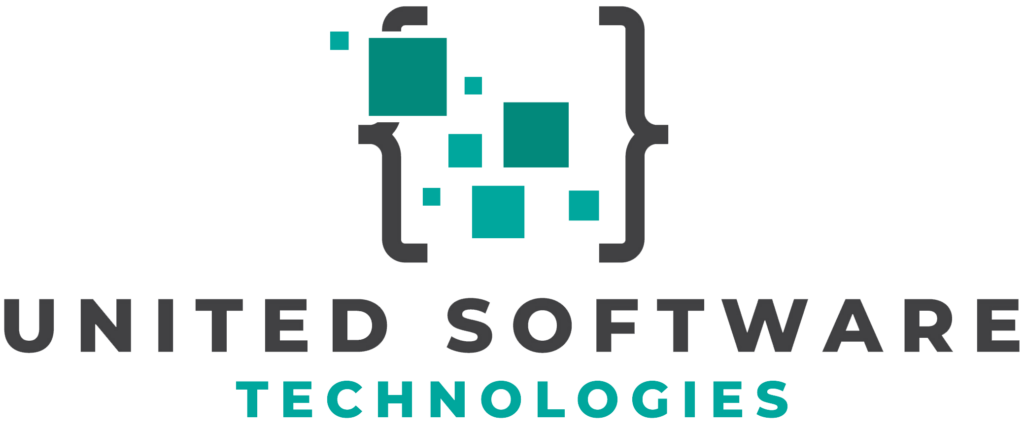Exploring the Different Kinds of Programming Languages: A Guide for Programmers
Introduction to Programming Languages
In the world of programming, there are a plethora of languages that cater to different needs and requirements. As a programmer, it is essential to understand the various types of programming languages available and their applications in order to make informed decisions when choosing which language to learn or use for a particular project. In this guide, we will explore the different kinds of programming languages, their features, and how they can be used effectively.
A Brief History of Programming Languages
The history of programming languages dates back to the early days of computing when machine code was used to instruct computers on what tasks to perform. Over time, assembly languages were developed as an intermediary between machine code and higher-level languages. These allowed programmers to write more complex programs without having to deal with the intricacies of machine code.
As technology advanced and computers became more powerful, high-level programming languages emerged that enabled programmers to write even more complex programs with greater ease. Today, there are hundreds of programming languages available catering to various domains such as web development, data analysis, artificial intelligence (AI), gaming, and much more.
Understanding Different Kinds of Programming Languages
There are several ways in which programming languages can be classified based on their features and usage. Some common classifications include:
1. Procedural vs Object-Oriented
2. Static vs Dynamic Typing
3. Compiled vs Interpreted
Let’s delve deeper into these categories and explore some popular examples within each classification.
Procedural vs Object-Oriented Programming Languages
Procedural programming is a paradigm where programs are written as a series of procedures or routines that operate on data structures. This approach focuses on breaking down problems into smaller tasks that can be solved sequentially. Some popular procedural programming languages include C, Fortran, and Pascal.
On the other hand, object-oriented programming (OOP) is a paradigm that focuses on organizing code around objects or entities that represent real-world concepts. These objects have attributes (data) and methods (functions) that act upon their data. OOP promotes modularity, reusability, and encapsulation of code. Popular object-oriented programming languages include Java, C++, Python, and Ruby.
Static vs Dynamic Typing
In statically typed languages like Java and C++, variables must be explicitly declared with a specific data type before they can be used in the program. The compiler checks for type compatibility during compilation, which helps catch errors early in the development process.
Dynamic typing allows variables to change their type at runtime based on the value assigned to them. This provides greater flexibility but may lead to runtime errors if not handled properly. Examples of dynamically typed languages include Python, JavaScript, and Ruby.
Compiled vs Interpreted Programming Languages
Compiled languages require source code to be translated into machine code by a compiler before it can be executed. This results in faster execution times as there is no need for translation during runtime. However, this also means that any changes made to the source code require recompilation before they take effect. Examples of compiled languages include C++, Go, and Rust.
Interpreted languages are translated into machine code at runtime by an interpreter rather than being compiled beforehand. This allows for quicker development cycles as changes made to the source code can be tested immediately without needing recompilation. However, interpreted languages tend to have slower execution times compared to compiled ones due to the overhead of translation during runtime. Examples of interpreted languages include Python, JavaScript, and PHP.
Popular Programming Languages and Their Applications
Now that we have a basic understanding of the different kinds of programming languages, let’s take a look at some popular ones and their typical use cases.
Python
Python is an interpreted, high-level, general-purpose programming language known for its simplicity and readability. It supports both procedural and object-oriented paradigms and has dynamic typing. Python is widely used in web development, data analysis, AI, machine learning, automation, and more. Some popular frameworks include Django for web development and TensorFlow for machine learning.
JavaScript
JavaScript is an interpreted, high-level programming language primarily used for client-side scripting on the web. It allows developers to create interactive elements on websites such as animations, form validation, and dynamic content updates without requiring page reloads. JavaScript also supports server-side development through technologies like Node.js.
Java
Java is a compiled, high-level programming language that follows the object-oriented paradigm with static typing. It was designed to be platform-independent which means that Java programs can run on any device with a compatible Java Virtual Machine (JVM) installed. This feature makes Java particularly popular for developing cross-platform applications such as Android apps or enterprise software solutions.
C++
C++ is a compiled programming language that extends the C language by adding support for object-oriented features while maintaining compatibility with C code. With its low-level capabilities combined with OOP features, C++ is commonly used in areas where performance is critical such as game development or embedded systems.
Choosing the Right Programming Language
When it comes to selecting the right programming languages to learn or use for your projects, there are several factors to consider:
1. Project requirements: Choose a language that is well-suited for the specific needs of your project. For example, if you’re building a web application, JavaScript or Python might be more suitable than C++.
2. Community and resources: Opt for languages with active communities and extensive documentation to ensure you have access to support and learning materials.
3. Personal preference: Ultimately, it’s essential to choose a language that you enjoy working with as this will make the learning process more enjoyable and increase your chances of success.
In conclusion, understanding the different kinds of programming languages available is crucial for programmers looking to expand their skillset or choose the right tool for their projects. By considering factors such as project requirements, community support, and personal preferences, you can make informed decisions when selecting which programming languages to learn or use in your work.

